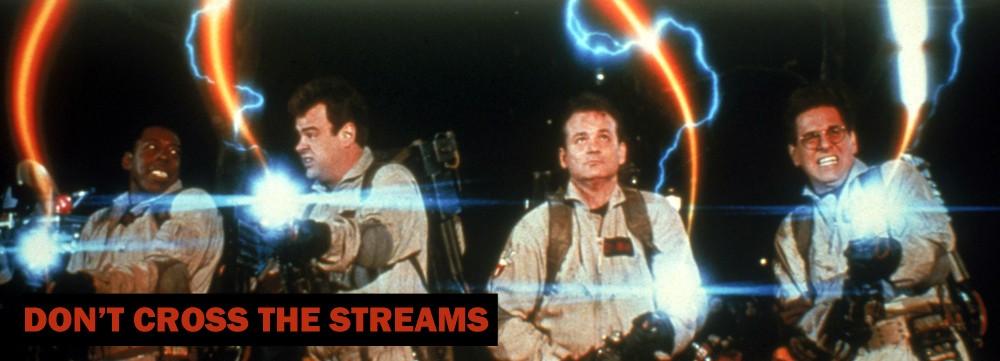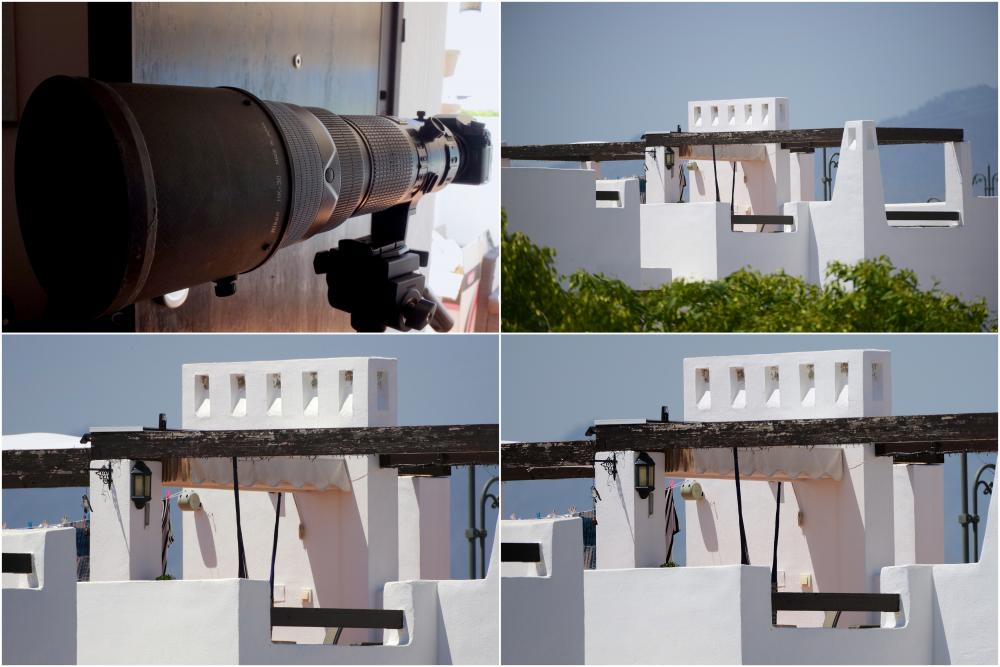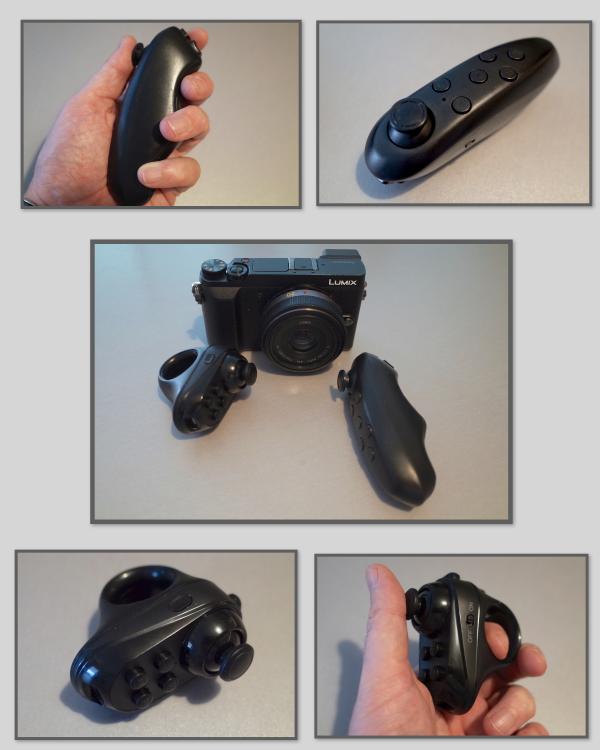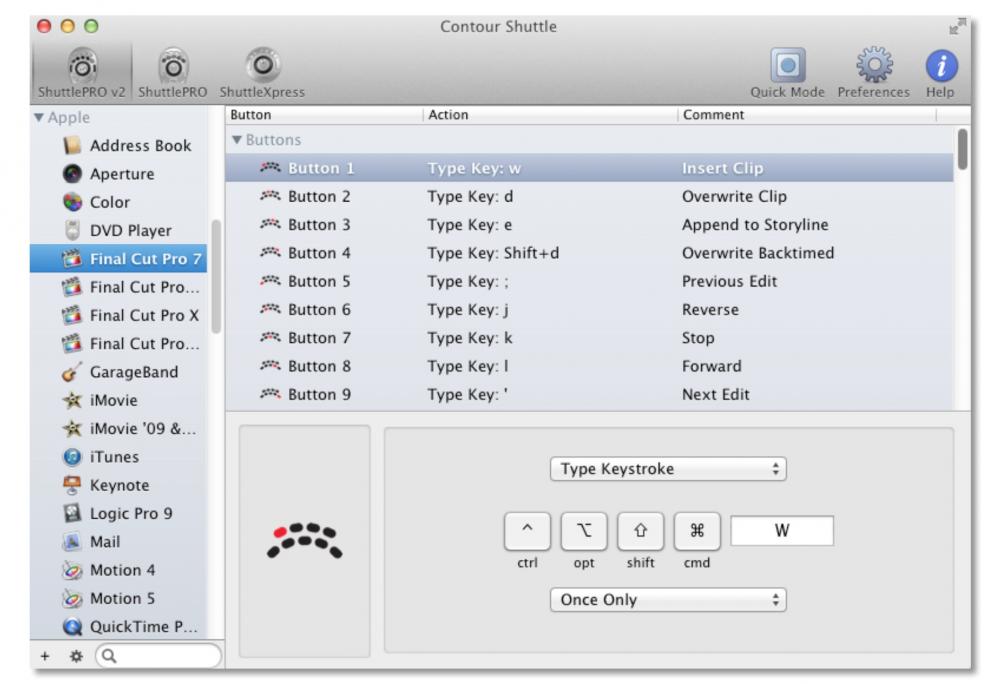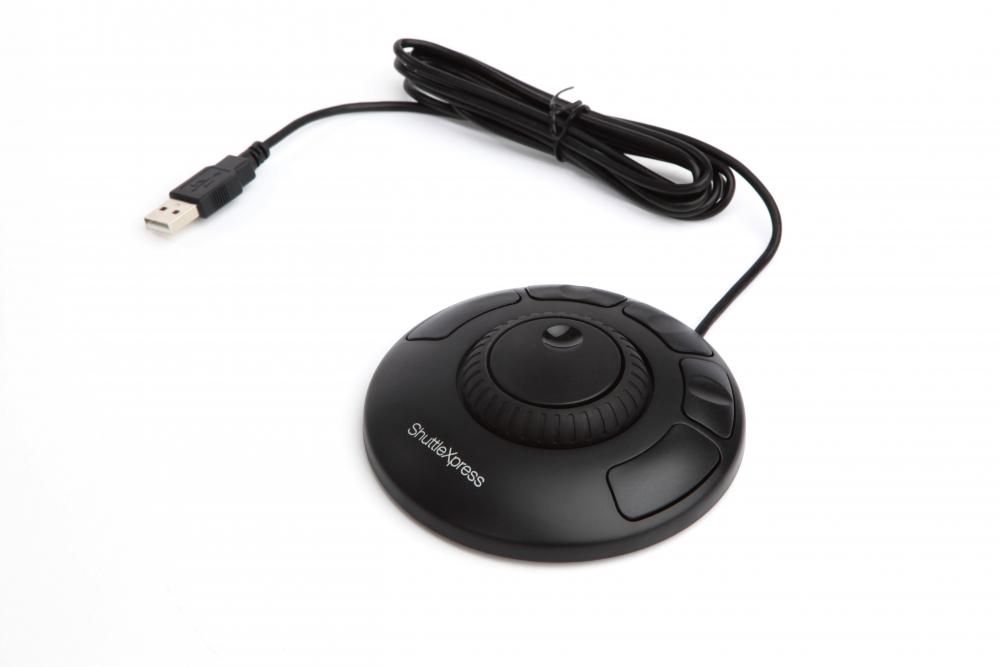-
Posts
6,025 -
Joined
-
Last visited
Content Type
Profiles
Forums
Articles
Everything posted by BTM_Pix
-
Yes, sorry I misread the question as it being switchable to and from 16-235
-
Its an inoperative command so won't yield you anything But its http://192.168.54.1/cam.cgi?mode=setsetting&type=colormode&value=vlog_gamma No, this is set internally in the camera and not by app control so there isn't an external command for it.
-
I think there'd be a pretty big market for it. For people with LX100 or GX80 you're getting edit ready ProRes and an audio recorder. That takes both of those cameras to another level, particularly the GX80. For everyone else, the edit ready ProRes would be very attractive even just based on how many threads pop-up on here recently for workflows/computer requirement headaches to handle 4K. Having ProRes from the get go takes care of a lot of that pain. Well, until you have to buy all of those hard drives ! The drop in CFAST prices since the original Ninja Star appeared also means the timing is better for it now as well. As far as I'm concerned, BM have the right spec with the wrong screen size with their VAs as 4K on 5" would be better for compact cameras and Atomos have the right spec on the Ninja Assassin but the wrong screen size too as maybe it shouldn't have one at all like the Ninja Star. So for me at least, whichever of them does 4K on a 5" screen or 4K on a no screen will win.
-
My experience with the specific Metabones that you are after for M43 cameras is mixed. The work I'm doing on my hardware focus controller for Panasonic cameras has involved me creating a calibration procedure and the number of focus points for a native M43 lens is on average around 200 depending on the lens. On an EF lens via the Metabones its less than half that. And often much less than half that. This doesn't mean that it doesn't focus necessarily just that its very coarse in its points and the camera is returning some errors from it when trying to drive it too quickly between points. Now, all that might not seem to necessarily matter in terms of normal operation because I'm doing something completely different with it but it does tally with what I'm seeing from it when I am using it in normal operation where it is being a bit skittish. And this is using it with a variety of lenses from Canon including some short and long L lenses as well as more lower end ones like the nifty fifty and EF-S lenses but also the Sigma 18-35 1.8. Optically its fine, the aperture control is fine and the AF is generally OK but I would definitely advise that you try one out with the specific lenses that you will be using it with and see if it is right for you. Unfortunately, thats tricky depending on where you are as even in London I found nowhere that I could demo one.
-
I stil have no idea what its all about. Some speculation on Reduser that the screen might be similar (if not actually based) on this. Even if its not, its worth watching for the very cool intro tune, the older presenter's strange safari suit and the outright contempt he and the co-presenter appear to have for each other.
-
It wasn't much better there ! I'll be back late November for about a week so I'll give you a shout.
-
Its interesting you should mention this as I hadn't been to Berlin for about 18 months and when I was there a couple of weeks ago, I was in MediaMarkt at Alexa thinking "I'm sure the camera department used to be much bigger than this". It seemed the same story at their other places and Saturn as well and it was quite a stark difference in such a relatively short space of time. The nosedive of the exchange rate during that intervening period wasn't helping the vibe either !
-
At that price, if you hate it, you'll get your money back on it all day long. Oddly enough - if as most 1DCs its got sub 20K clicks on it - you could probably make a profit selling it to someone who wants a 1Dx as you won't get any change out of £3K for a similar one of those. And the 1Dx is likely to have had a much tougher life so the 1DC would be a much more attractive proposition. I have a rapidly expiring Nikon D4 and the at these prices the 1DC is batting its eyelashes at me as exactly that sort of proposition. I have enough short to medium Canon glass to use it for work alongside the Nikon for long stuff and of course I get a massive bonus feature thrown in with the 4K. I already get some open mouthed reactions from other photographers when covering games with a combined Nikon and Fuji setup but its nothing compared to doing it with an unholy alliance of Nikon and Canon! I did it a few years ago and people looked genuinely frightened at what might happen
-
Read the spec sheet, saw all of the things it doesn't have, saw the price, know full well I have zero lenses for it..... Still did this
-

Adapter with ND filter to protect Sony A7SII sensor from dust
BTM_Pix replied to Santi Deva's topic in Cameras
The only thing to bear in mind with the lens throttles are that there is no ND0 setting so you'll always be losing some light. If thats going to be an issue for you (doubtful with the camera you're putting it on!) then you'll need to carry 2 adapters. I only have the dumb version for M43 so I don't know about the AF aspect with the smart one you're looking at but the ND performance is very good and its a neat product. As an aside for anyone looking at one of these for M43 mount, its actually an EF to M43 converter and they supply it with the converter to EF of your choice. So when I ordered it as M42 to M43 it actually is two separate pieces which is great because to use it with Contax Zeiss or Nikon lenses, I just take the M43 to EF part off and replace it with the C/Y to EF or Nikon to EF. Without any adapter I can of course use it with EF lenses as well so essentially its 4 adapters in 1 for me. Plenty of reviews on YouTube including this very nice one from our very own @Mattias Burling -
OK. This is a Nikon 200-400mm f4 on a Nikon D800 and a Panasonic G7 via a dumb adapter. Not exactly inspiring content but its too hot to venture out beyond my balcony at the moment ! The top right frame is the D800 at 400mm f4, the bottom left is the G7 at 400mm f4 and for comparison the bottom right is the D800 frame cropped to the same FOV as the G7 is giving. So the answer in terms of absolute quality I suppose depends on the lens but, comparatively speaking, this should be a good yardstick to show you whats possible. The cropped D800 is still a fraction better but we are comparing two radically different cameras here (let alone price difference) so I wouldn't let that put you off and certainly not in terms of resolution for video. For what its worth, I have actually experimented with an M43 camera (an Olympus OMD10)on a long lens during a cricket test match. For the uninitiated, a cricket test match lasts for 5 days so leaves plenty of time for experimentation to relieve the long periods of tedium covering it In actual fact, I had it on the Sigma 300-800 so it was capable of a ludicrous amount of reach and the images were competitive but the lag was too much to deal with but with something like a GH5 I might be tempted to give it a go but it'll be manual focus only for me as my long stuff is Nikon. Anyway, what I would recommend is to put it on a decent tripod (as opposed to this junk I've just had it on for this quick test) with decent adjustment as it will be completely unbalanced having such a tiny camera hanging off the end.
-
Give me 15 mins and I'll do a couple of frames for you.
-
To be honest, there'll be a version for that too as its just a remap exercise. Bit trickier in terms of getting one that has the right combination of switches, pots and faders and also that is a) readily available (these things drop on and off the market) b) a reasonable price and c) compact. The target price for people to pay to source all the stuff is less than £40 and the bluetooth ones fit that perfectly. The middle ground is an XBOX type controller that I've sourced which has nicer sticks (two of them) and might be more appropriate size wise with bigger cameras like GH5. There won't be anything stopping people having both though so they can use the bluetooth ones for stealthier setups and the XBOX type one if they're using a rig etc.
-
And if you would like to help by voting on what functions the controller will be used for then please see this thread
-
Its just remote control of features that the camera has so its all very high level. If it doesn't flat out reject them then it has an understanding of them but from there on its at the mercy of whats going on in the camera. So it doesn't reject the VLOG command it goes to an internal table and makes the settings that relate to that entry. The fact that it selects the Standard profile suggests that that is a holding copy that occupies that entry in the table which you could speculate means that maybe VLOG was considered as a future paid option for if not the GX80 then the G7 or G80. Ditto with the higher bitrate commands it doesn't reject selecting the highest bitrate one it currently allows. Anyhoo.... Just a bit of a hint that if you are interested in hardware control of your Panasonic camera then now would be a good time to go and vote for some features and which controller you would prefer to use. Threads are here and here
-
No, the rate is fixed internally. Your best bet to get it closer would be to do the region change to PAL so it would be 25fps
-
And if you're looking at that picture thinking "Thumb? What sort of freak hands has he got if that's his thumb going through the hole" I, of course, meant index finger.
-
As per the other thread, the functionality of the controller is now pretty far along and nearing completion so its time to finalise the actual input device itself. The two options are shown here (with a GX80 to show scale). How this will work is that a small module speaks to the camera over wifi to do the actual commands and it will receive its input from one of these devices, both of which are bluetooth. And cheap. They both have a combination of buttons and a joystick but the main difference between them is that the joystick on the larger one is analogue so can be used to progressively drive focus speed whereas the smaller one's joystick is a digital affair. This doesn't rule it out for progressive control just that it makes it a bit more work to fake it. The other difference of course is the form factor. The smaller one is quite neat having that hole in it as you can use it like I've done there with your thumb through it or, depending upon the width of it, mounted on a tripod pan handle. The larger one benefits from having the indented grip so its six of one and half a dozen of the other really. With both of them though, a bit of superglue and a thread adapter will have you being able to mount them on anything you want to.
-
The hardware controller for Panasonic cameras is coming along nicely and I’m looking for a bit of feedback regarding what you might want on it. As I’m settling on the controller type (the two front runners will be another poll) there is a bit of a dilemma over the number of switches and how they might be implemented so I want to make sure I get the best core set that will satisfy most people. Basically, I don’t want to have the controller be some massive unwieldy thing that defeats the object of having small cameras like the Panasonics so by sticking to something compact there’s obviously a trade off regarding how many simultaneous controls there will be available. The simultaneous aspect is important as to get as many functions on as possible they will be switched in layers and I want to minimise that too so I’m trying to find the sweet spot of total functions. My idea with this controller is obviously so that it can be used to give you hands off control so you can operate the camera without inducing movement while its on a gimbal etc, and for general remote stuff like if you had it on a jib or even just for vlogging. However, as it will also do focus control as in controlling focus but also pulling focus, both at defined transition rates but also by manual control so that in itself requires a fair amount of controls to set positions etc. In addition, its other purpose is to get functions that are in menus or a few presses away (like exposure comp or ISO) under direct control to make the cameras easier to operate and add functions like a joystick driven focus point function for the cameras that don’t have it. So…..there’s a fair bit to find space for! What I’d be grateful for you doing if you have any interest in having a controller would be to just check as few or as many of the functions as you’d like to see on it. There’s no order of importance so just click away. Cheers
-
They are great products. They have a configuration app which has presets for popular apps but you can configure it to do your own things. The PRO version that Tim has allows you to create your own macros to be triggered by any of the switches so you can fire off a chain of commands from one press. The Express version doesn't offer that feature but if you're travelling or don't need as many keys then its a lot more compact form factor. Its smart enough to know which app you're using as well so it won't go off blindly sending out the wrong commands when you switch from Resolve to FCPX etc
-
The robots have regular meetings about it but they're easily distracted.
-
I've just bought an EOS-M for £100 which will arrive next week. Ironically, its red. So expect a Red RAW for £100 post soon ! Or a million questions at least.
-
Sorry, had a senior moment there. Well a double one actually. Sony are doing a £150 cash back deal which I took to the price I saw one in a store for (which had sneakily already had the discount applied!!). I was also using the not far off parity exchange rate but the pound seems to have made a slight comeback. With the real cash back deal its £679 (not the £529 I had in my head!) which is about €750. So, yes, apart from it being way more expensive than your budget and you hating the screen and ergonomics of it then it was a very sage recommendation
-
On a lower level, the Mevo from Livestream is a pretty cool trick faking multi camera from a static shot. If they made this as a box you could plug any 4K camera into (rather than its own go pro-ish internal one) it would be a big seller I think. DataVideo make a higher end one but its £5K. If BlackMagic made it then it probably would be the same price as the Mevo but not sure if they would as it would impact their ATEM product sales.



